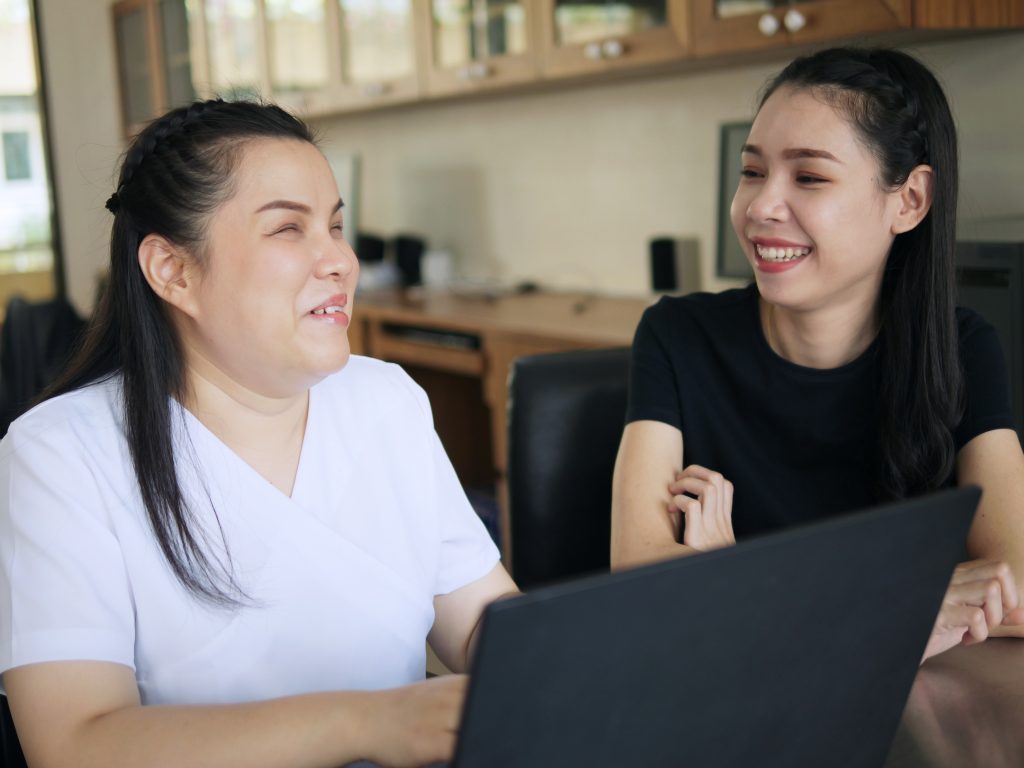Over the last several years, patients and providers alike have recognized the efficiency of telehealth, and today it holds particular promise for the one in nine Virginians with a disability.
However, the adoption of telehealth across the Commonwealth often faces hurdles due to the limited availability of broadband access. Four years ago, an estimated half-million Virginians did not have the kind of internet access necessary to make telehealth a viable option. Since then, considerable progress has been made in closing the broadband gap, particularly in rural areas. According to an assessment conducted by the Virginia Board for People with Disabilities (VBPD), there are today approximately 160,000 locations across the Commonwealth without suitable broadband access.
As efforts continue to bring broadband to uncovered regions, the VBPD report encourages policymakers and local governments to collaborate on innovative solutions that would help connect the unconnected. One recommendation is to leverage what the study calls “community anchor institutions” public entities – schools, libraries, public safety entities, community colleges, and other community support organizations – places where the public could go to access telehealth services online.
“The Department of Housing and Community Development should work with local communities to implement community-based options…to fill gaps in access in the near term,” concludes the VBPD report.

As an example, it notes that the public library system in Delaware is partnering with local health care systems, health-related nonprofits, and the state’s health department in creating a telehealth system within the libraries. In Tennessee, the private sector is stepping up along the same lines. Dollar General is teaming up with DocGo to pilot mobile health care in the retail chain’s parking lots.
According to the report’s author, Jennifer Krajewski, deputy director of public policy and legislative affairs at VBPD, addressing the infrastructure shortfall is not the only challenge in moving toward wider use of telehealth. Trust in government is also an issue that needs to be overcome.
“Our research revealed that there is a real issue of trust among rural communities when it comes to governments, especially in rural parts of the state,” she says. “And so, we realized how important it is to make sure that any solutions that we come up with be community-based, be authentically part of the community. Otherwise, you’re not going to reach these people. They don’t believe you have their best interests at heart.”
Then there’s the hurdle of “digital literacy,” understanding and getting comfortable with new technology – technology that is not always intuitive.
“Digital literacy really is a huge piece of this, especially for individuals with disabilities,” says Krajewski. “Even if people in rural areas were given a computer or an iPad, they wouldn’t necessarily know how to use it, so there has to be some level of training, and of course that goes for the platforms that are used for telehealth.”
Because the report was not available until well into the General Assembly’s last legislative session, its conclusions and recommendations will have to wait to get socialized into the policies and funding considerations moving forward. But by addressing broadband access, government distrust, and digital literacy, policymakers can help accelerate the adoption of telehealth as a means for increasing health care access. You can view the full report here.

